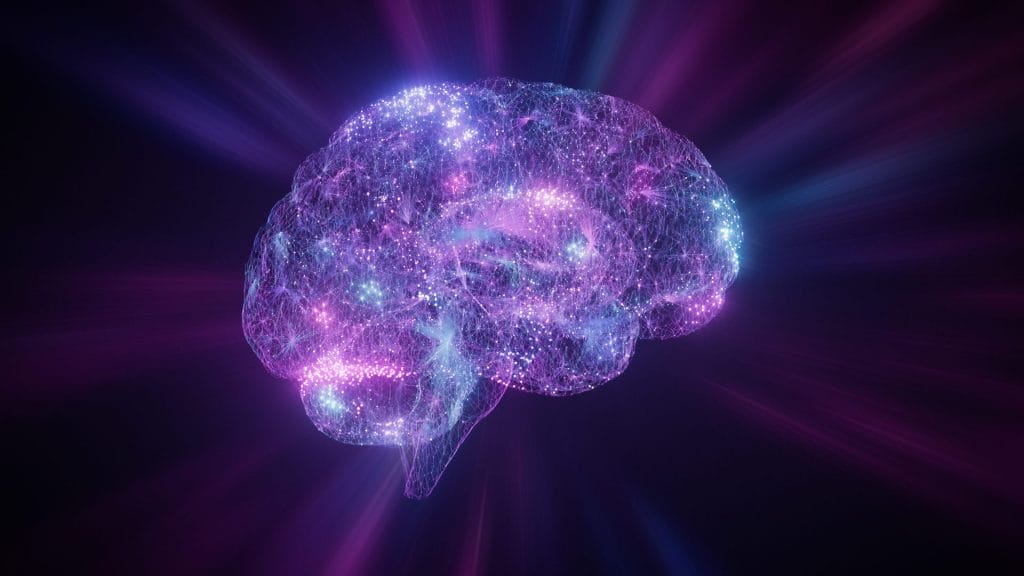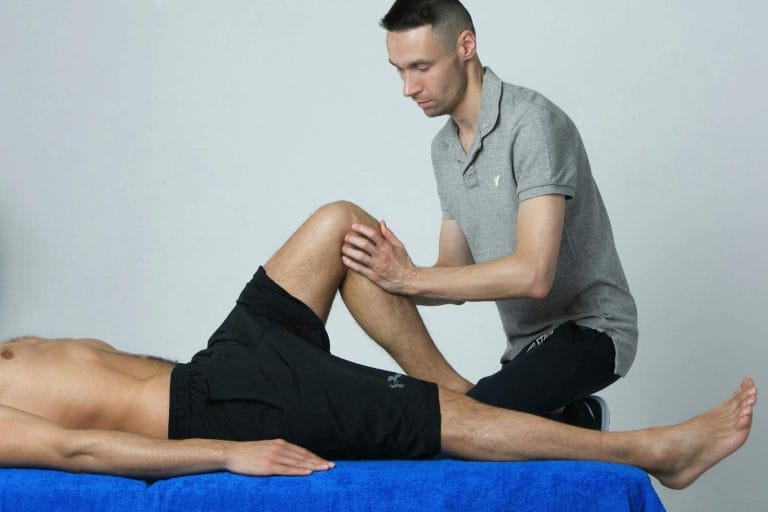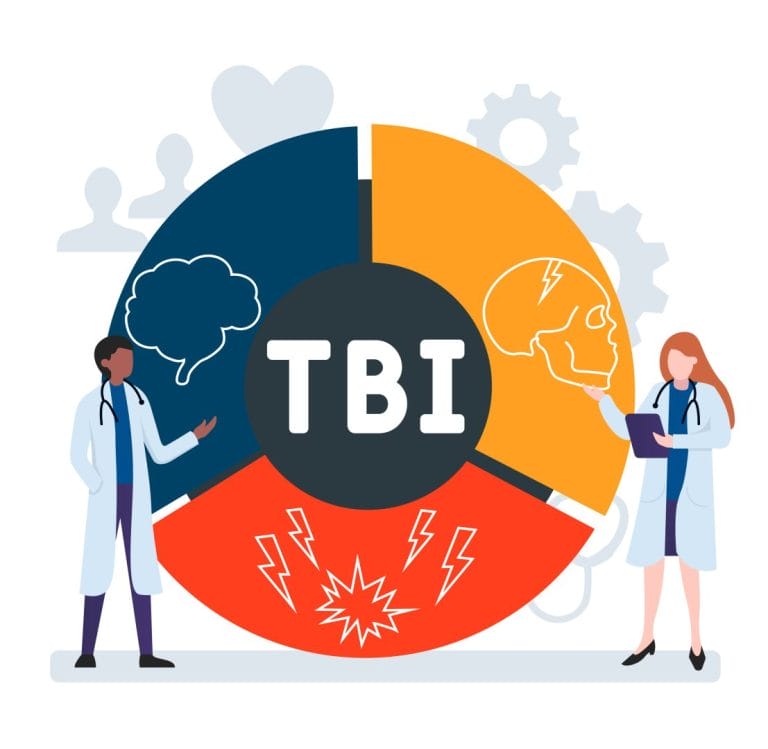Brain Boost: How PBM Supports Cognitive Health, Clarity & Longevity

Introduction: A New Era in Brain Optimization
Brain fog. Forgetfulness. Sluggish thinking. These aren’t just signs of aging—they’re early indicators of mitochondrial dysfunction and neuroinflammation in the brain.
As rates of dementia and cognitive decline continue to rise, a powerful, drug-free therapy is stepping into the spotlight: 810 nm photobiomodulation (PBM).
With Regen Pod’s full-head exposure and Stim-Cell® precision protocols, this light-based therapy isn’t just reactive—it’s proactive. Designed to energize neurons, enhance blood flow, and support long-term brain health, it’s one of the most promising tools for those who want to think sharper and age smarter.
Mitochondrial Dysfunction and Cognitive Decline
Whether from age, stress, toxins, or trauma, the brain’s mitochondria—the energy factories of neurons—are among the first to show signs of dysfunction.
This leads to:
- Decreased ATP (cellular energy) production
- Increased oxidative stress
- Chronic neuroinflammation
- Slowed synaptic signaling
Over time, these effects contribute to memory loss, poor focus, emotional imbalances, and degenerative conditions like Alzheimer’s and Parkinson’s.
How PBM Revives and Protects the Brain
Photobiomodulation helps restore balance and function to the brain by:
- Activating cytochrome c oxidase, a key mitochondrial enzyme
- Enhancing cerebral blood flow and oxygen delivery
- Reducing inflammatory markers in brain tissue
- Stimulating the production of BDNF and other neurotrophins for plasticity and repair
Unlike pharmaceuticals, PBM is non-invasive, safe, and works with the body’s natural biology.
Why 810 nm Is the Gold Standard for Neurocognition
Among all wavelengths studied for brain support, 810 nm near-infrared has the most compelling profile:
- Penetrates 2–3 cm into cortical and subcortical structures
- Reaches the prefrontal cortex and hippocampus—regions vital for memory, mood, and executive function
- Triggers ATP production where neurons need it most
- Avoids heat damage and requires no downtime
It’s the wavelength used in most clinical studies for neuroprotection and cognitive enhancement, making it the foundation of Regen Pod’s brain optimization protocols.
Scientific Evidence for Cognitive Enhancement
A 2024 clinical study on whole-head 810 nm PBM in Alzheimer’s patients found significant improvements in:
- Memory retention
- Attention span
- Verbal processing and executive function【PubMed ID: 39910867】
Other peer-reviewed research has shown:
- Sharper focus and faster mental processing in aging adults
- Mood and sleep improvements in those with brain injuries
- Reduced cognitive fatigue in post-COVID and post-concussion recovery
“PBM offers a promising, well-tolerated intervention for improving brain function through enhanced energy metabolism and neuroplasticity.”
Brain Benefits Beyond Alzheimer’s
You don’t need a diagnosis to experience the power of PBM.
Regular use of 810 nm light may help:
- Boost productivity and decision-making during long workdays
- Improve emotional regulation under stress
- Support circadian rhythm and melatonin balance
- Enhance creativity and problem-solving
- Build long-term cognitive reserve for healthy aging
For biohackers, knowledge workers, and wellness-minded individuals, PBM is becoming a core part of daily brain hygiene.
Regen Pod: Precision-Tuned Brain Optimization
Most PBM devices offer limited, surface-level exposure. Regen Pod goes deeper—literally and therapeutically.
Stim-Cell® Technology
Our proprietary tech is engineered to deliver clinically validated 810 nm light at consistent, optimized dosages. Combined with targeted pulse patterns, it mimics natural neural rhythms and maximizes mitochondrial activation.
360° High-Density Light Delivery
With 7.6 million milliwatts of continuous wave output, Regen Pod ensures full-head and systemic PBM exposure—a feat handheld or wearable devices can’t match.
Neuro-Specific Protocols
Choose from a curated library of brain optimization protocols—continuously updated from the latest research—or customize sessions to target clarity, recovery, focus, or sleep.
In just 10–20 minutes daily, Regen Pod becomes your brain’s daily recharge—supporting sharper thinking, faster recovery, and lifelong mental resilience.
Summary: Light Your Mind for Lifelong Clarity
Your brain is your most powerful tool—keep it energized.
With the help of Regen Pod’s Stim-Cell® PBM technology, you can:
- Enhance focus and mood
- Protect against cognitive decline
- Improve processing speed and clarity
- Support long-term brain health—starting now
This is the future of cognitive wellness. And it’s powered by light.
References:
- Chao LL et al., Effects of whole-head 810 nm near-infrared therapy on cognitive function in Alzheimer’s disease, PubMed ID: 39910867
- Naeser MA et al., Transcranial red/near-infrared PBM in chronic brain injury: Cognitive and emotional improvements


